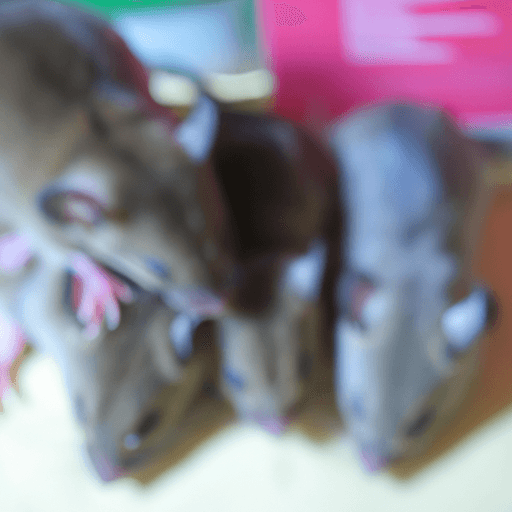
Mice: Smell or Sight?
Medium

Are mice better at navigating a maze with their sense of sight or smell? To find out, we'll set up a maze and time how long it takes for mice to find food at the end.
Hypothesis
The hypothesis is that a mouse will be able to find its way through a maze more quickly by using its sense of sight rather than its sense of smell.
Method & Materials
You will make a maze out of cardboard, glue and masking tape, and place a sunflower seed at the end. Then, you will drop the mice at the start of the maze one at a time and time how long it takes for them to find the food.
You will need 10 mice, a packet of sunflower seeds, cardboard or old carton boxes, scissors, masking tape, glue, a stopwatch, and a meter-length ruler.
Results
The results showed that covering the maze with a cardboard did not affect how quickly the mice were able to locate the food. This suggests that mice are better at navigating a maze with their sense of smell rather than their sense of sight.
Why do this project?
This science project is interesting because it shows how mice are able to use their sense of smell to find their way through a maze, even in darkness.
Also Consider
Consider repeating the experiment with hamsters instead of mice, or using different types of food like corn, cheese or nuts.
Full project details
You can find additional information and details for this science fair project here. Have fun exploring!Related videos
Hey there! Here are some awesome videos about this science project that we think you'll really like. They're not only super fun, but they'll also help you learn more about the science behind the project. So sit back, relax, and get ready to have some fun!!
Share this Science Project:
Related Science Fair Project Ideas
Can a betta fish learn to ignore a mirror? Find out in this science project!
Medium
Who will get to the food first? Roosters or hens? Find out in this fun science project!
Medium
Discover how two species of foxes have adapted to their environment in different ways!
Medium
Share this Science Project:
